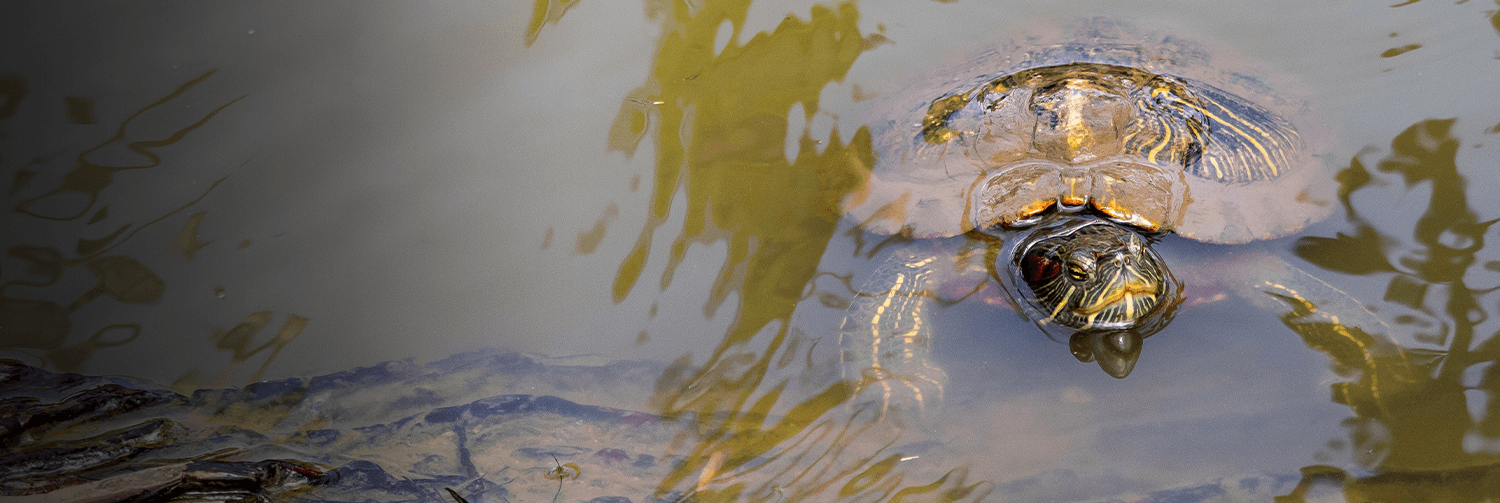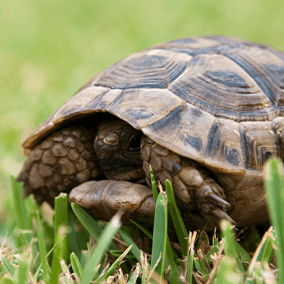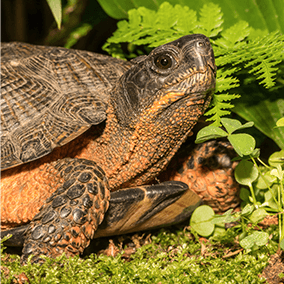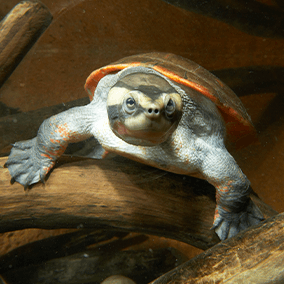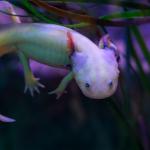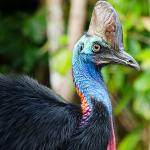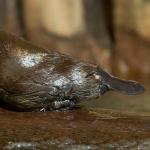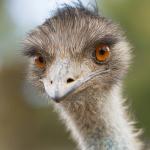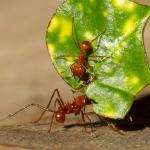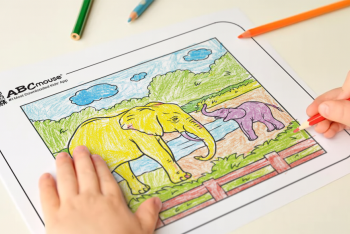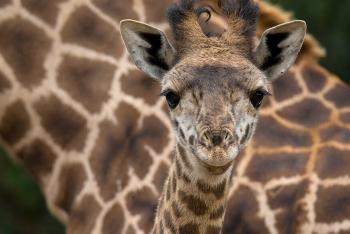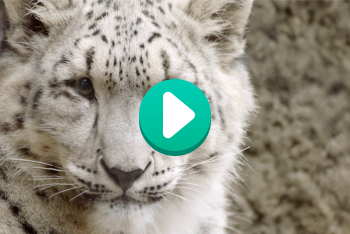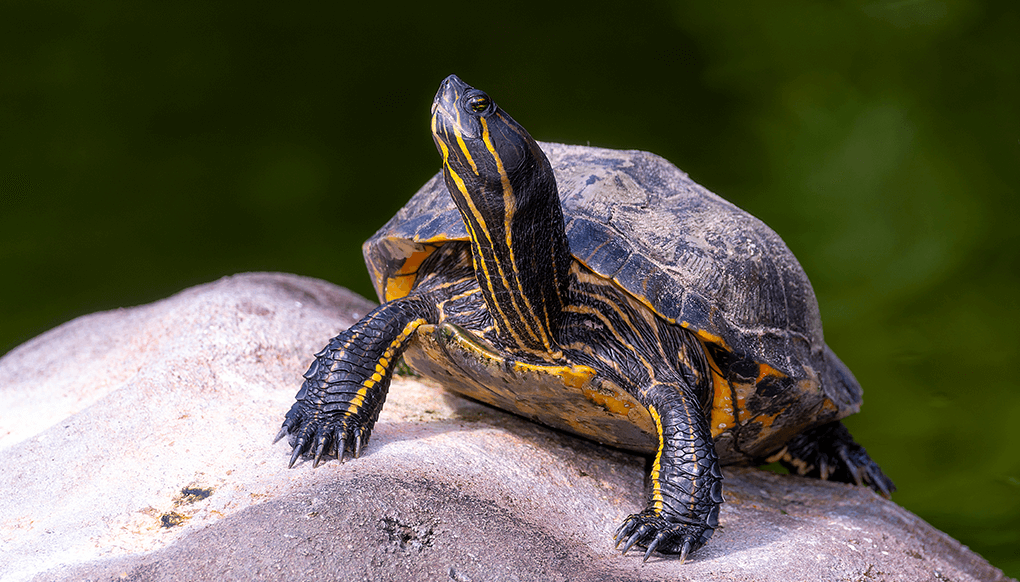
Turtles and tortoises
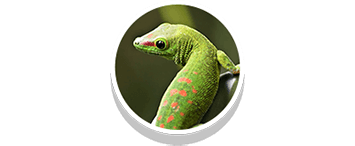
Reptiles
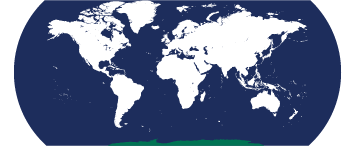

Some Endangered
facts

Most turtles and tortoises are omnivores, eating plants and other food of various kinds, like fish, snails, worms, and insects. Many are strictly herbivores and only eat grasses, leafy plants, flowers, fruits, and even cactus.

Found in every habitat except tundra, most turtle species are found in southeastern North America and South Asia.
description
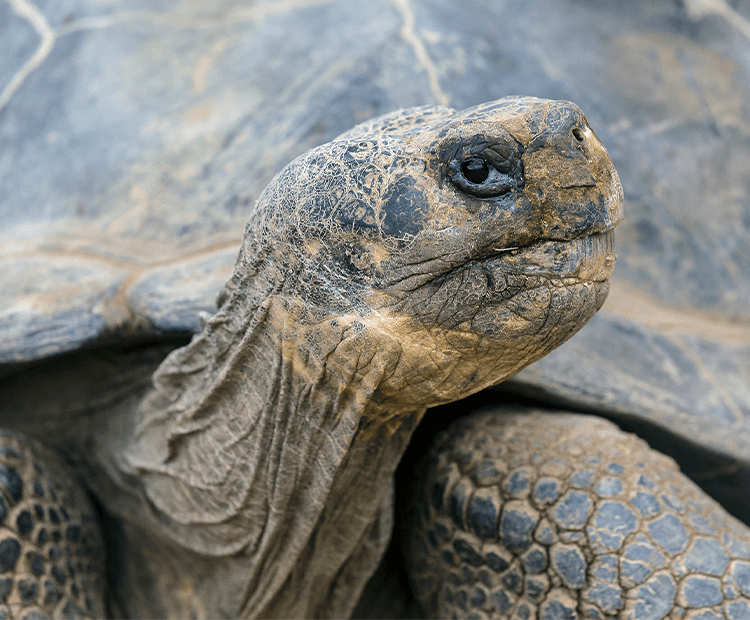
What has scales, lays eggs, and varies in size?
Turtles, tortoises, and terrapins! Scientists often refer to these reptiles as chelonians, because they are in the taxonomic order called Chelonia (from the Greek word for tortoise). They all have scales, lay eggs, and are ectothermic; and they vary in size from fitting in your hand to weighing about 1,800 pounds. Chelonians live everywhere from deserts to oceans to backyard creeks.
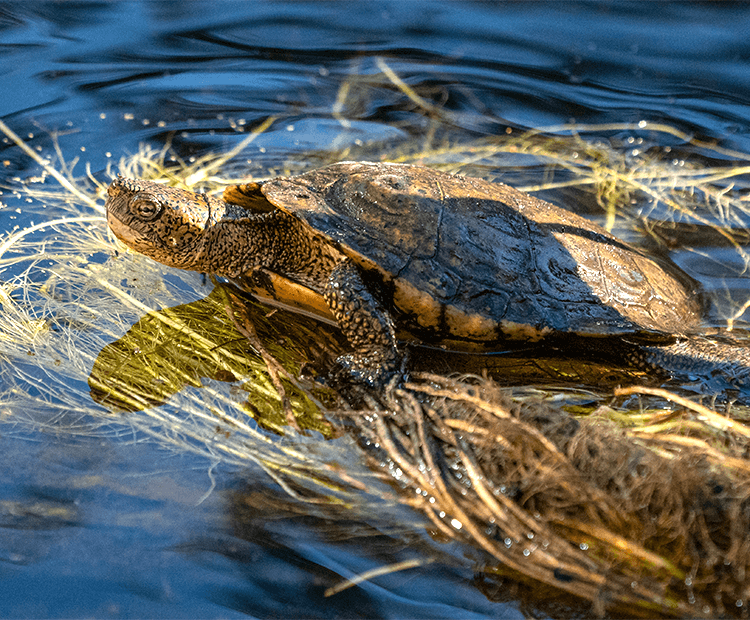
Turtles get wet
Turtles spend most of their life in the water and usually have webbed feet for swimming. Sea turtles are especially adapted for an aquatic life, with long feet that form flippers and a streamlined body shape. They rarely leave the ocean, except when the females come ashore to lay their eggs, or to bask on a sunny beach. Other turtles live in fresh water, like ponds and lakes. They swim, but they also climb out onto banks, logs, or rocks to bask in the sun.
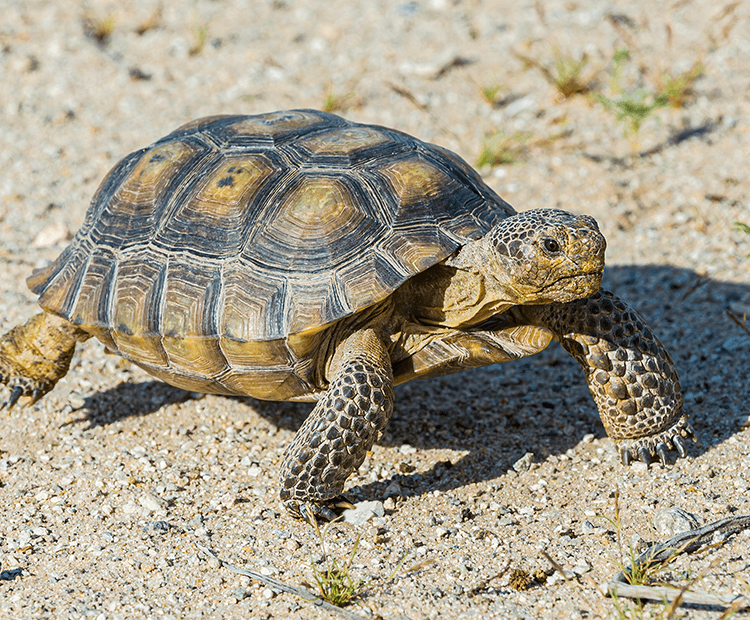
Tortoises love dry land
A land-dweller that eats low-growing shrubs, grasses, and even cactus, the tortoise does not have webbed feet—its feet are round and stumpy for walking on land. Tortoises that live in hot, dry habitats use their strong forelimbs to dig burrows. Then, when it’s too hot in the sun, they slip underground.
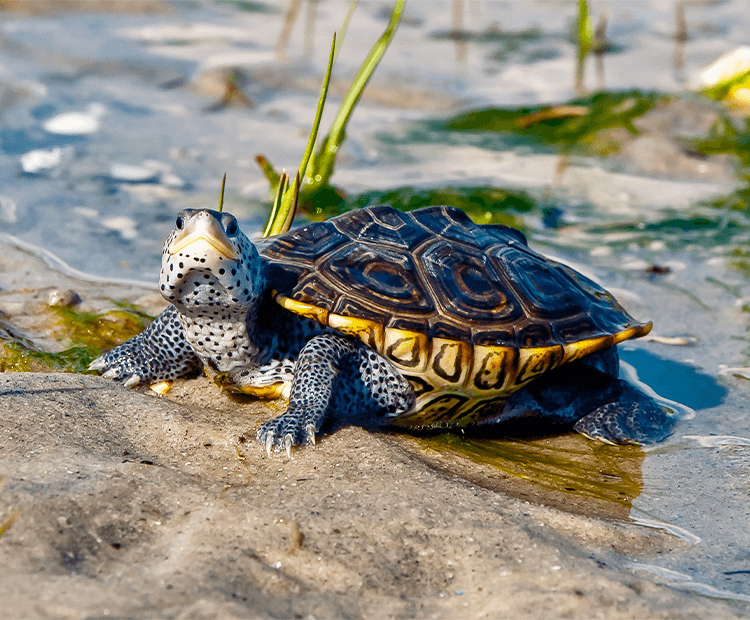
Terrapins like both water and land
The terrapin spends its time both on land and in water, but it always lives near water, along rivers, ponds, and lakes. Terrapins are often found in brackish, swampy areas. The word “terrapin” comes from an Algonquian word for turtle.
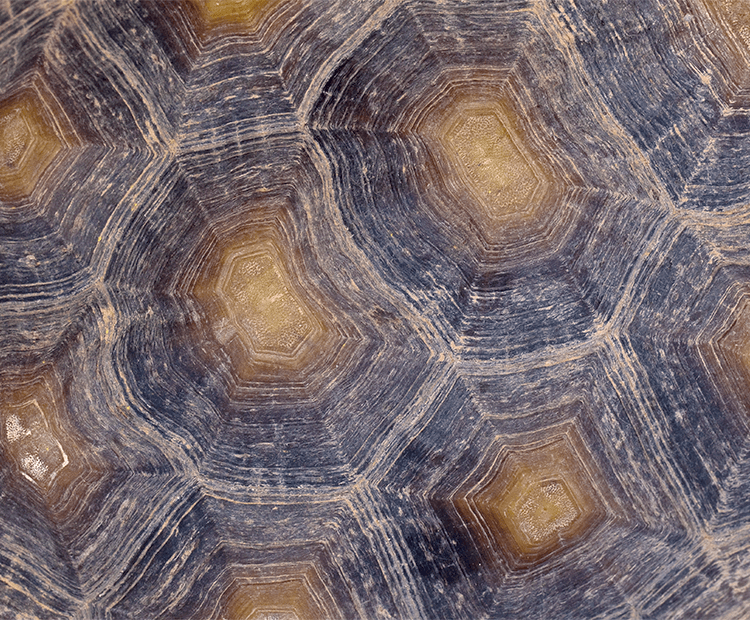
shellbound
Turtles and tortoises are a very old group of reptiles, going back about 220 million years. Of all wildlife with backbones, turtles are the only ones that also have a shell, made up of 59 to 61 bones covered by plates called scutes, which are made of keratin like our fingernails. The turtle cannot crawl out of it because the shell is permanently attached to the spine and the rib cage. The shell’s top is called the carapace, and the bottom is the plastron.

